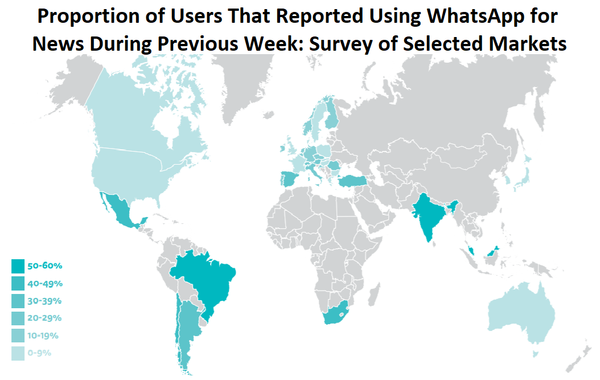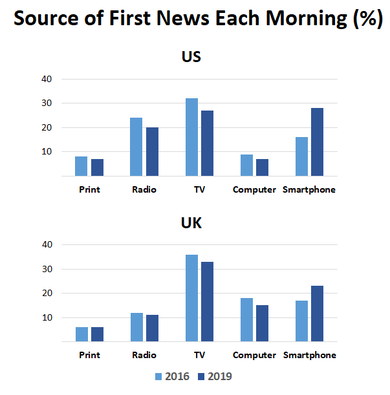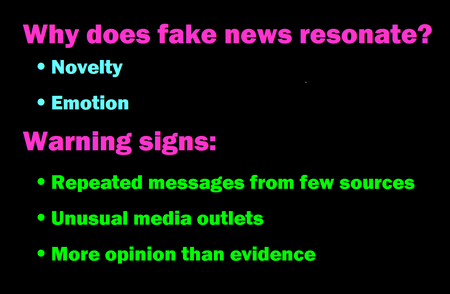To Hell With the Truth: Folha
To Hell With the Truth: Folha
Read the essay from Folha de S.Paulo about how faleshoods gain more traction on social media than the truth.
Flavia Lima is a reporter specializing in economics and has been the ombudsman for Folha since May 2019.
Also read “Reuters Institute Digital News Report 2019: “Political polarisation has encouraged the growth of partisan agendas online, which together with clickbait and various forms of misinformation is helping to further undermine trust in media – raising new questions about how to deliver balanced and fair reporting in the digital age.” The report points out that 32 percent of people surveyed actively avoid news.

(Source: Reuters Institute Digital News Report)

(Source: Reuters Institute Digital News Report)
Also read “The Spread of True and False News Online” in Science by Soroush Vosoughi, Deb Roy and Sinan Aral of MIT:
“Falsehood diffused significantly farther, faster, deeper, and more broadly than the truth in all categories of information, and the effects were more pronounced for false political news than for false news about terrorism, natural disasters, science, urban legends, or financial information. We found that false news was more novel than true news, which suggests that people were more likely to share novel information. Whereas false stories inspired fear, disgust, and surprise in replies, true stories inspired anticipation, sadness, joy, and trust.”

(Source: “Spread of True and False News Online,” Science)